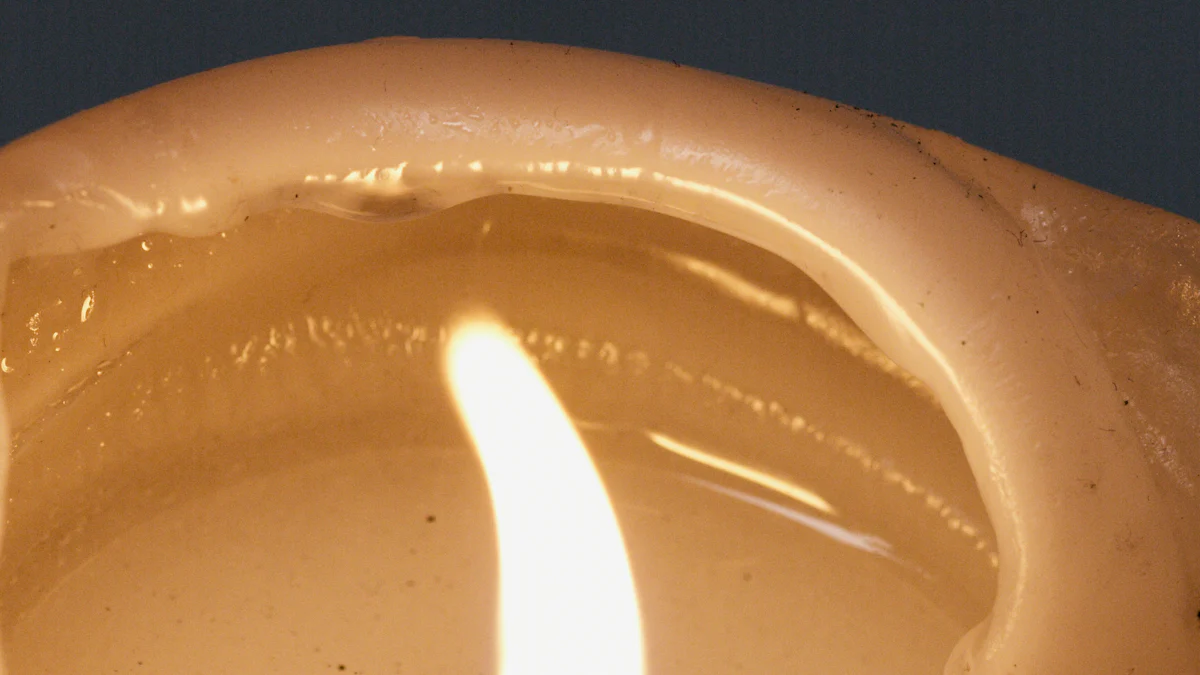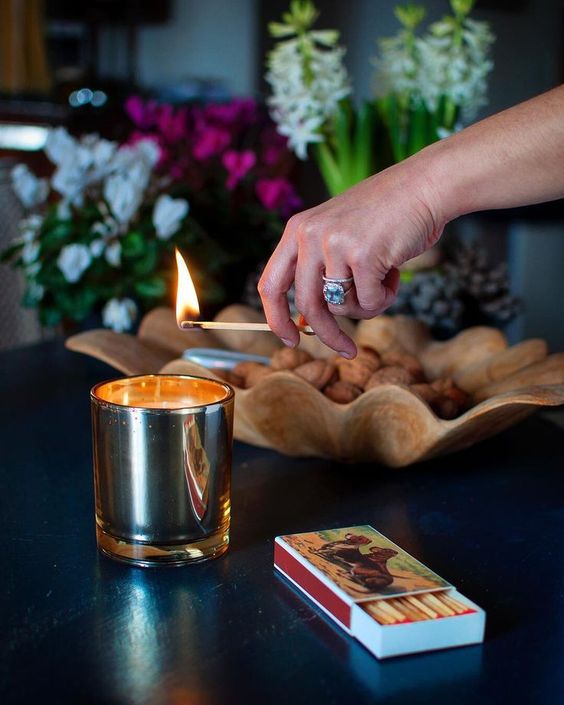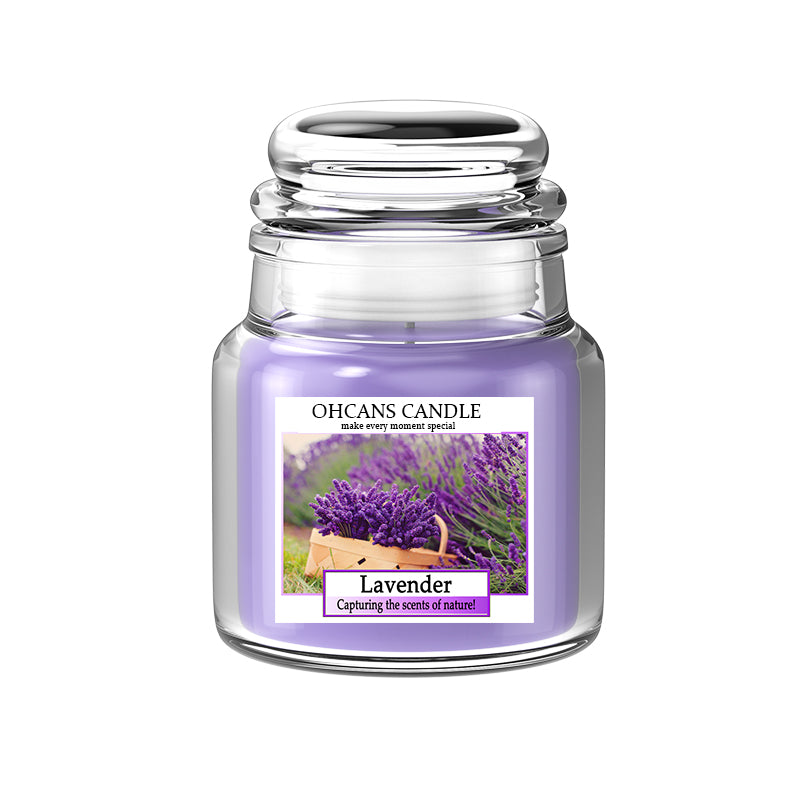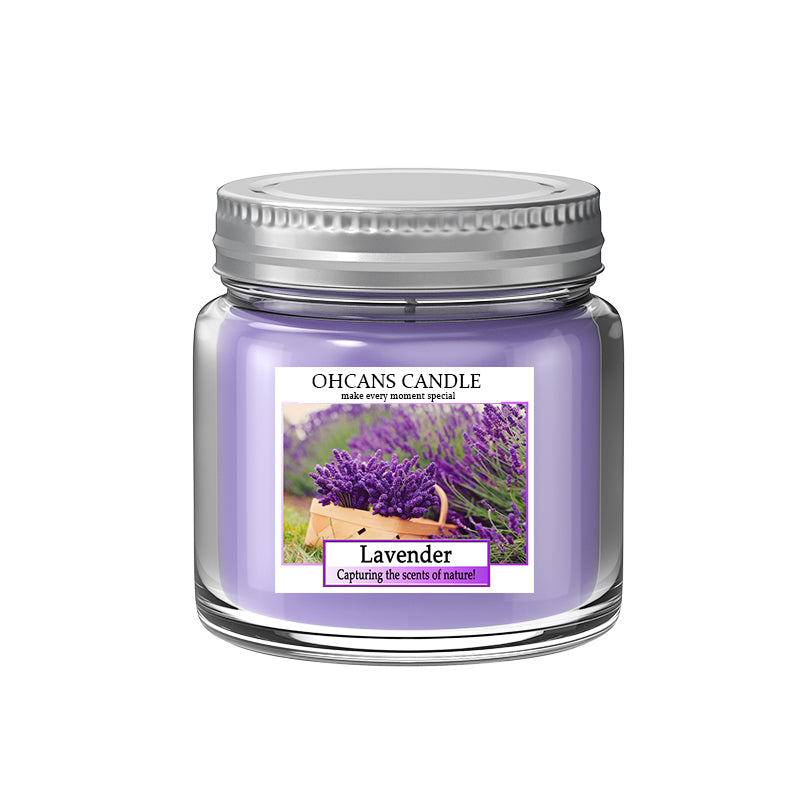The Ultimate Guide to Fixing Sinkholes in Candles: Tips for Wick and Pour Enthusiasts

Sinkholes in Candles: An Introduction
Sinkholes in candles are a common issue that candle enthusiasts and makers often encounter. These depressions or cavities form on the surface of candles, affecting their overall appearance and burn quality. In this comprehensive guide, we will delve into the causes of sinkholes and provide valuable tips for fixing them. Whether you're a seasoned candle maker or just starting with the wick and pour technique, understanding how to prevent and address sinkholes is essential for creating beautiful and high-quality candles. So let's explore the world of candle making with wick and pour method and learn how to overcome the challenge of sinkholes.
Understanding Sinkholes in Candles
Sinkholes in candles can be a frustrating issue for candle enthusiasts and makers. These depressions or cavities that form on the surface of candles can impact both their aesthetics and burn quality. It's important to understand the causes behind sinkholes to effectively address them.
What Causes Sinkholes in Candles?
Temperature fluctuations during the cooling process play a significant role in the formation of sinkholes. When candles cool too quickly or unevenly, it can result in depressions forming on the surface. Additionally, the type of wax used can also affect sinkhole formation. Some waxes are more prone to developing sinkholes than others, so choosing the right wax is crucial.
Sinkholes not only affect the appearance of candles but also impact their burn quality. When sinkholes form, they create uneven surfaces that can cause an inconsistent burn, leading to wasted wax and reduced fragrance throw.
When candle wax is heated, it expands in volume. In contrast, as the wax cools back down, it contracts and takes up less space. So when liquid wax is initially poured into a candle container while still hot, it enlarges to fill up the jar.
Over time as the wax loses heat and returns to a solid state, it starts to shrink, with the outer edges and area around the wick solidifying first. The wax adheres to the container wall and wick as it hardens. Meanwhile, the liquid wax underneath takes longer to cool and continues contracting. This causes an indent to form, hollowing out the interior section as the innermost wax ultimately hardens too. In summary, the cooling and shrinking process happens at different rates from the outer solidified wax to the innermost liquid wax, resulting in a cavity inside the finished candle.

The Role of Candle Jar Size
The size of the candle jar plays a crucial role in sinkhole formation. Larger jars tend to require longer cooling times, as more wax needs to solidify evenly throughout. If candles are poured into large jars without allowing sufficient time for cooling, it increases the likelihood of sinkholes forming.
To minimize sinkhole formation, it's essential to choose the right jar size for your candle-making project. Consider factors such as the amount of wax being poured and the desired burn time when selecting a jar size. By ensuring proper cooling times based on jar size, you can reduce the occurrence of sinkholes and create visually appealing candles.
Tips for Fixing Sinkholes in Candles
Sinkholes in candles can be frustrating, but there are effective ways to fix and prevent them. By implementing the following tips, you can create candles with a smooth and flawless surface.
Controlling Temperature for Sinkhole Prevention
Maintaining a consistent pouring and cooling temperature is crucial for preventing sinkholes. Rapid temperature changes during the cooling process can lead to depressions forming on the candle's surface. To avoid this, use a thermometer to monitor and control the temperature throughout the candle-making process. Experimenting with different temperature ranges can help you find the optimal conditions that minimize sinkhole formation.
Choosing the Right Wax
The type of wax used plays a significant role in sinkhole formation. Some waxes are more prone to developing sinkholes than others. To prevent sinkholes, research and select a wax with good stability that is less likely to form depressions. Blending different wax types can also improve overall performance and reduce the occurrence of sinkholes.
When choosing your wax, consider factors such as its melting point, hardness, and stability. Opt for waxes specifically designed for container candles or those known for their resistance to sinkholes.
By controlling the temperature during the candle-making process and selecting an appropriate wax, you can effectively minimize sinkhole formation and create visually appealing candles.
Advancements in the Candle Industry
The candle industry is constantly evolving, with new advancements and innovations that contribute to the production of flawless candles. Let's explore some of the latest trends and developments in candle making.
Innovative Wax Formulations
In recent years, the candle industry has witnessed significant advancements in wax formulations. Manufacturers are continuously developing advanced waxes that offer improved stability and resistance to sinkholes. These innovative wax options provide candle makers with greater control over their final product, allowing them to create candles with a smooth and even surface. By exploring these new wax formulations, candle enthusiasts can enhance their candle-making experience and produce high-quality candles that are visually appealing.
Temperature Control Techniques
Precise temperature control is crucial for preventing sinkholes in candles. The emergence of new methods and technologies has revolutionized temperature control during the candle-making process. Specialized equipment and tools now enable candle makers to maintain consistent temperatures throughout each stage of production, from melting the wax to pouring it into containers. By staying updated with the latest temperature control techniques, candle enthusiasts can improve the overall quality of their candles and minimize the occurrence of sinkholes.
Keeping up with advancements in the candle industry allows you to stay at the forefront of innovation and elevate your candle-making techniques. By embracing innovative wax formulations and adopting effective temperature control techniques, you can create flawless candles that delight both your senses and those who appreciate your craft.
Enhancing Your Candle-Making Experience
By understanding sinkholes and implementing the provided tips, you can elevate your candle-making skills and create flawless candles. Stay updated with the latest advancements in the candle industry to improve your techniques and stay ahead of trends. Embrace experimentation and research to discover new methods and materials that enhance your candle-making experience. Whether you're using the wick and pour technique or exploring other methods, continuous learning and improvement are key to creating beautiful, high-quality candles that bring joy to both yourself and those who appreciate your craft.



